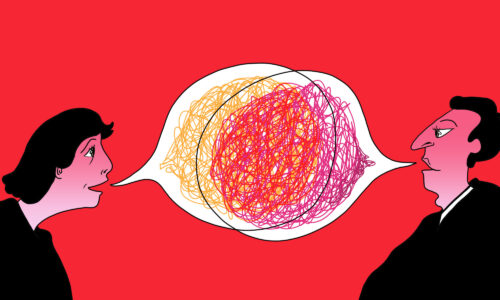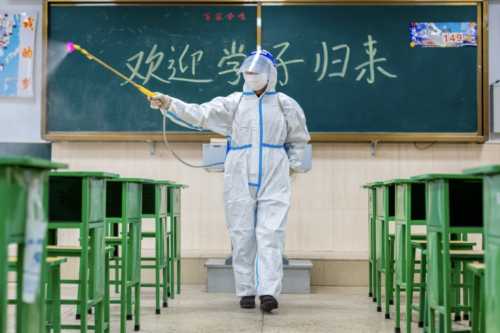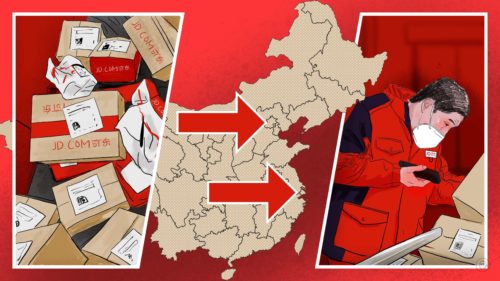Trump escalates rhetorical tit-for-tat with ‘Chinese Virus’ tweets
Last night and this morning, President Trump fired off two tweets (1, 2) that referred to COVID-19 as the “Chinese Virus.” This isn’t exactly surprising, given that right-wing media and politicians, including Secretary of State Mike Pompeo, have been working to popularize terms like “Wuhan virus” and “Chinese coronavirus” for over a week now.
But it is Trump’s first direct attempt to racially brand the virus, and he made clear to a reporter at a press conference why he is doing it now:
Well, China was putting out information — which was false — that our military gave this to them. That was false. And rather than having an argument, I said I have to call it where it came from — it did come from China.
In other words, Trump is responding to Zhào Lìjiān’s 赵立坚 promotion of the conspiracy theory that it “might be [the] U.S. army who brought the epidemic to Wuhan.”
Officials in both the U.S. and China are now spending a lot of time and energy trying to out-condemn one another in official statements and press appearances. Respected China-watcher Bill Bishop writes that given the journalist expulsions and the worsening rhetoric, on top of everything else that has happened in the U.S.-China relationship in the Trump-Xi era, “I can not think of a more dangerous time in the U.S.-China relationship in the last 40 years, and the carnage from the coronavirus has barely begun in the U.S.” See these articles for more:
- Trump sparks anger by calling coronavirus the ‘Chinese virus’ / Guardian
- Coronavirus: Washington-Beijing war of words continues as Mike Pompeo responds to Chinese diplomat’s complaint about ‘denigrating’ remarks / SCMP
-
China state media accuses U.S. politicians of spreading ‘political virus’ / Reuters
“Some United States politicians are using coronavirus as a weapon to smear China, the Xinhua official news agency said [in Chinese] on Sunday, as a war of words escalated between the two countries over China’s handling of the epidemic.”
The effects of Trump’s tariffs — which, remember, were barely reduced from their late 2019 high — might have also impeded the U.S. response to COVID-19, writes Chad Bown at the Peterson Institute of International Economics:
The Trump administration quietly announced on March 10 and 12, 2020, that it would temporarily reduce some tariffs imposed on Chinese [medical] products to treat the coronavirus pandemic. But those actions, which effectively acknowledged that trade wars can endanger public health, covered only a handful of urgently needed products. Trump’s tariffs had been slapped on nearly $5 billion of U.S. imports of medical goods from China, about 26 percent of all medical goods imported from all countries.
In other COVID-19 news:
China is securing its borders to prevent reinfection from abroad. Wuhan, Chongqing, and Shandong Province have followed Beijing’s lead by requiring all new arrivals from overseas to quarantine for 14 days at their own expense. Shanghai has also expanded its list of foreign travelers who must undergo quarantines on arrival. The Chinese foreign ministry also advised citizens to “avoid travel to heavily affected countries in Europe, as well as the United States, Iran and Korea.” (all links per Reuters.)
Hong Kong has “issued a red outbound travel alert for all countries and territories other than mainland China, Macau and Taiwan,” and any inbound traveller not from those three locations “will also be required to undergo a mandatory 14-day quarantine,” according to the Hong Kong Free Press.
More measures may be coming: A Xinhua article urges (in Chinese) new policies to “Prevent the outside from entering, secure every gateway.”
—Lucas Niewenhuis






